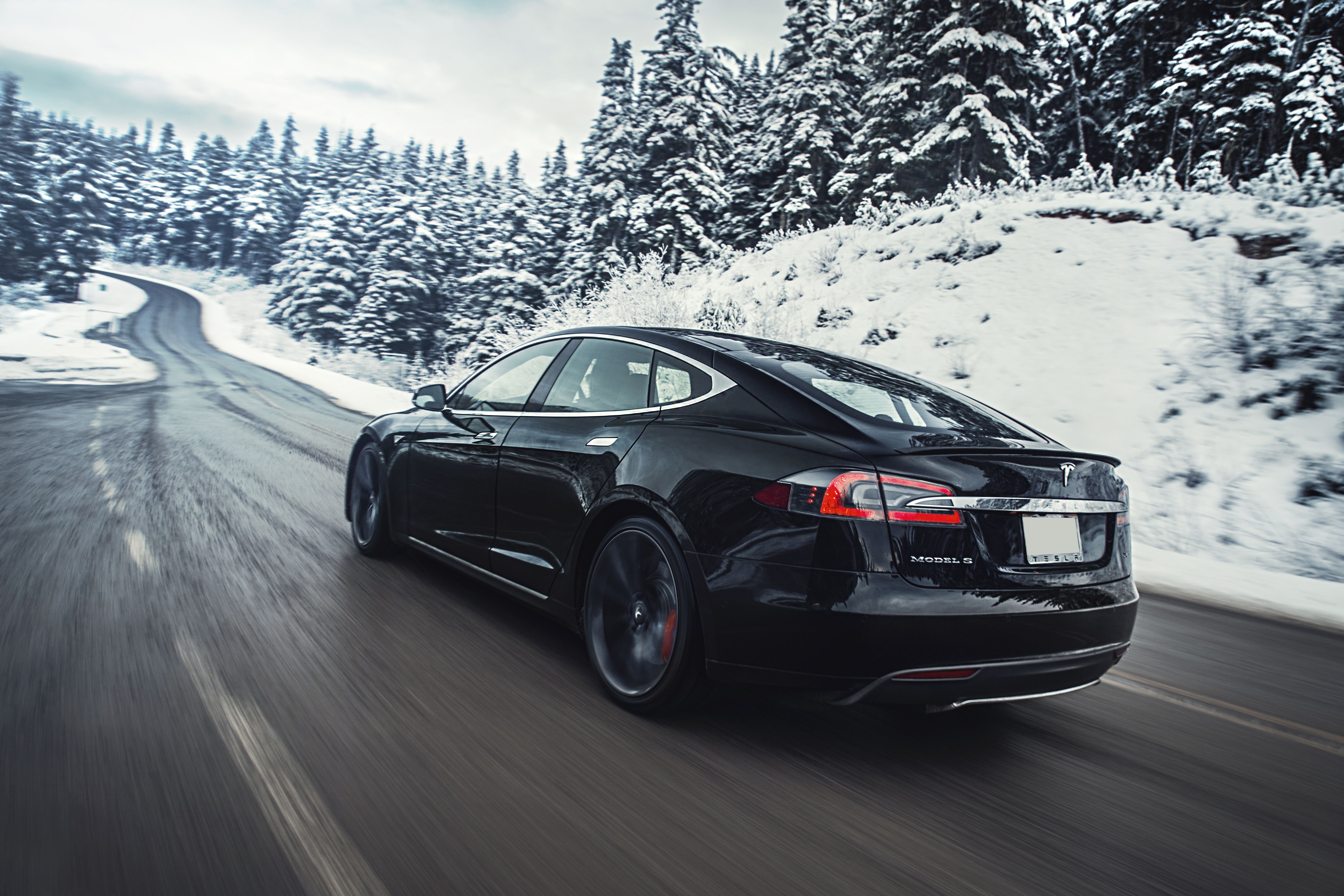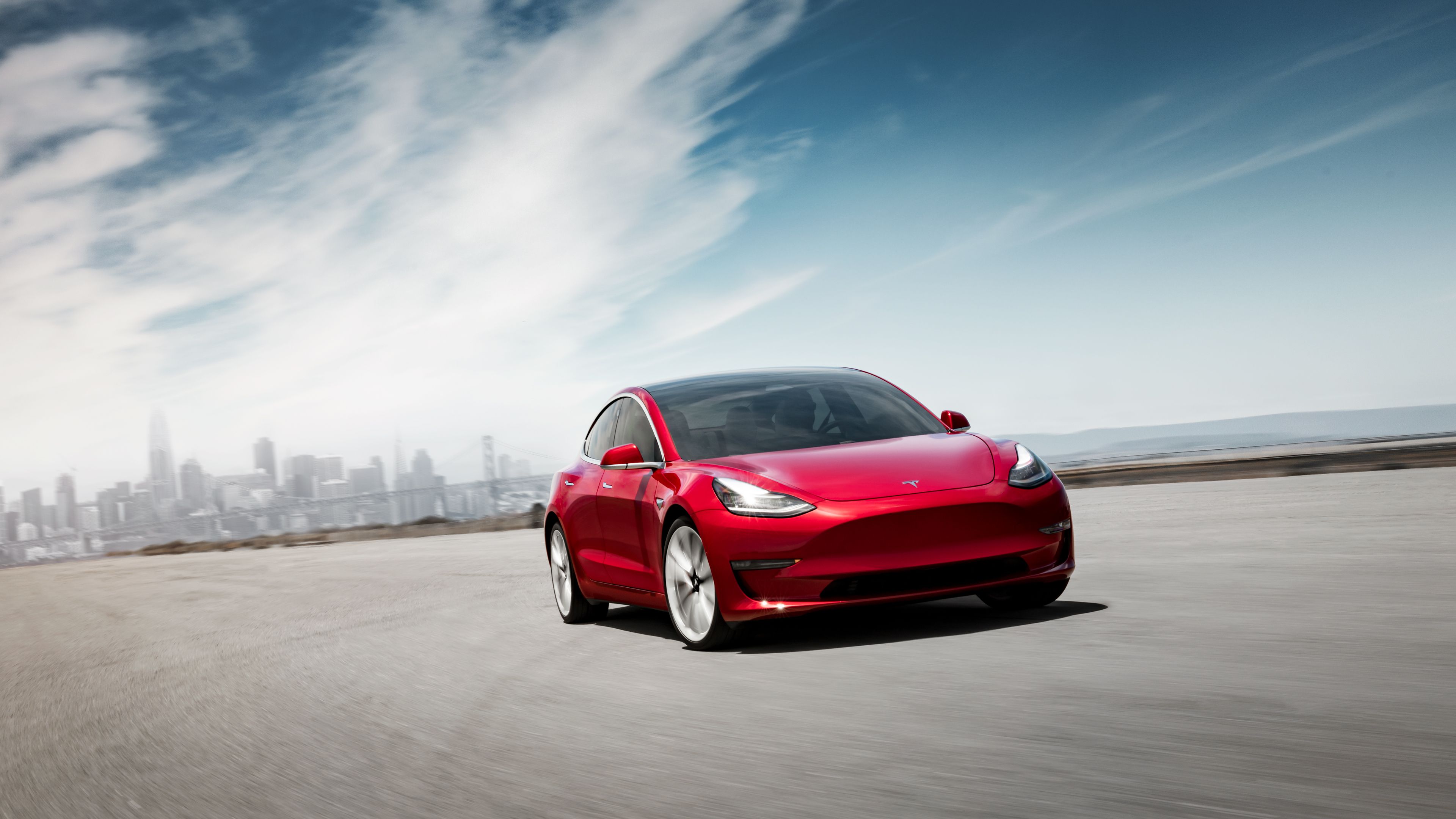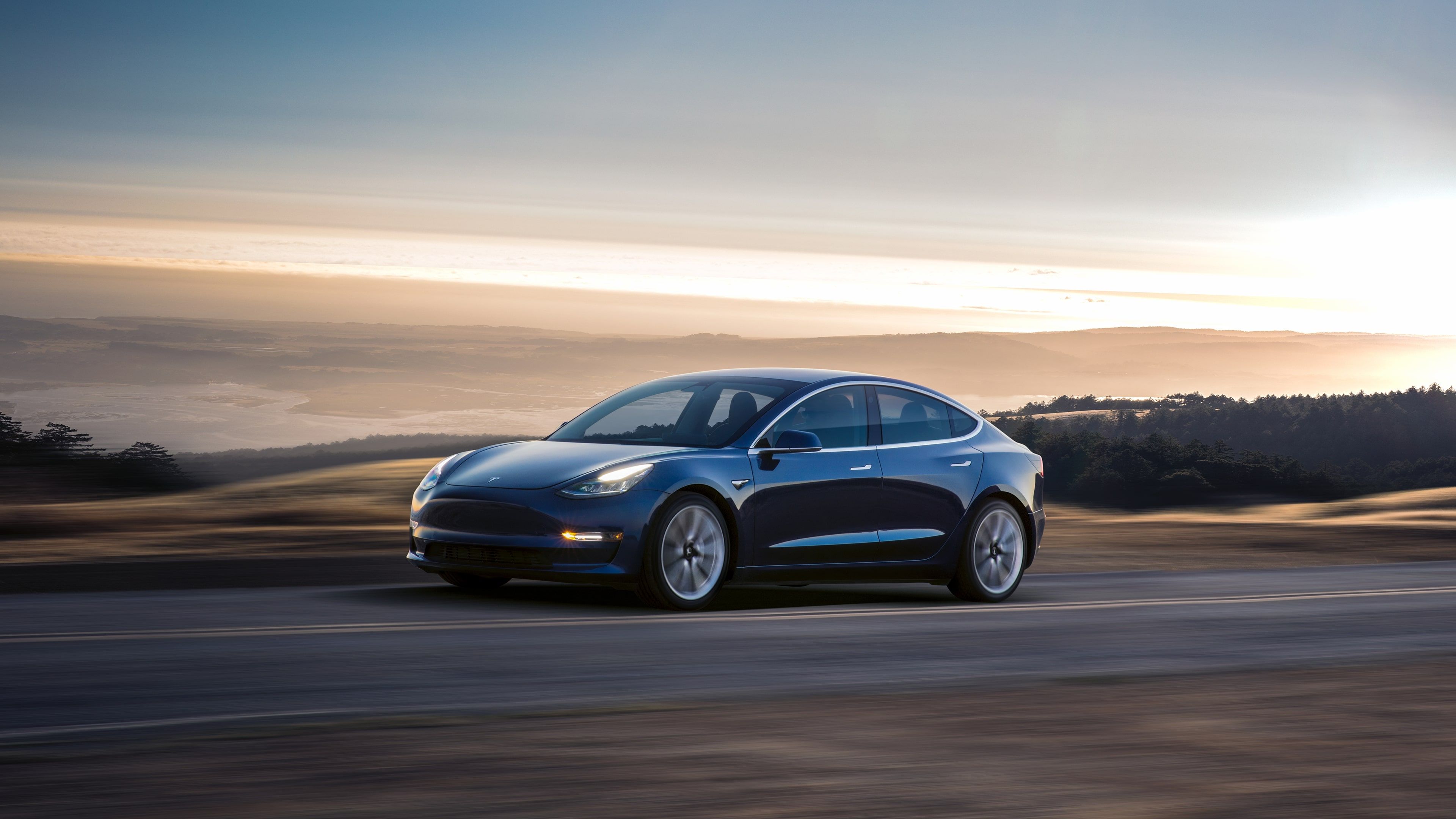Tesla’s pricing for its models is going down, but the automaker is making up from those prospective losses by raising the prices for using its Supercharger network. That appears to be the case after a report from the Aussie website CarExpert indicated that charging at any of Tesla’s 35 Supercharger stations in the Land Down Under will now cost AUD0.52 (USD0.37) per kilowatt-hour. That’s an increase from the AUD0.42/kWh (USD0.30) that Tesla was charging as recently as September. Since 2017, the cost of charging a Tesla in Australia has gone up by as much as 23 percent, and with Tesla’s model price cuts continuing, don’t expect the cost of using the Supercharger network to flatten out, either.
Should we have seen this coming?
We probably should, though the news does still come as a bit of a surprise. S
If we had read the tea leaves earlier, we would’ve realized that the Supercharger price hike was set into motion when Tesla stopped offering free use of the network to car owners. The automaker phased that perk out in recent years, but at one point, the automaker only charged Supercharger customers to recharge their batteries.
Now, the price of charging through the Supercharger network is rising, and with Tesla trying to squeeze as much revenue as it can from as many sources as it can find, it’s hard to think that we’ve seen the last of these price hikes.
There are other ways to charge a Tesla model, right?
There are relatively cheaper charging options compared to using Tesla's Supercharger network. I say “relatively” because pricing for electricity varies depending on the state, so it’s best to have an understanding of the costs that come with charging your Teslas. The downside to charging outside of the Supercharger network is the length of time it takes to charge a Tesla’s battery.
If, for example, you’re using a regular 120-volt outlet in your home, charging a Tesla’s battery from zero to 100 percent can take anywhere from 14 to 27 hours depending on the model of your Tesla. You can significantly cut charge time if you have 240-volt units at home, but it’s still a painstaking ordeal that can last anywhere from seven to 15 hours.
That’s the advantage of the Supercharger network.



